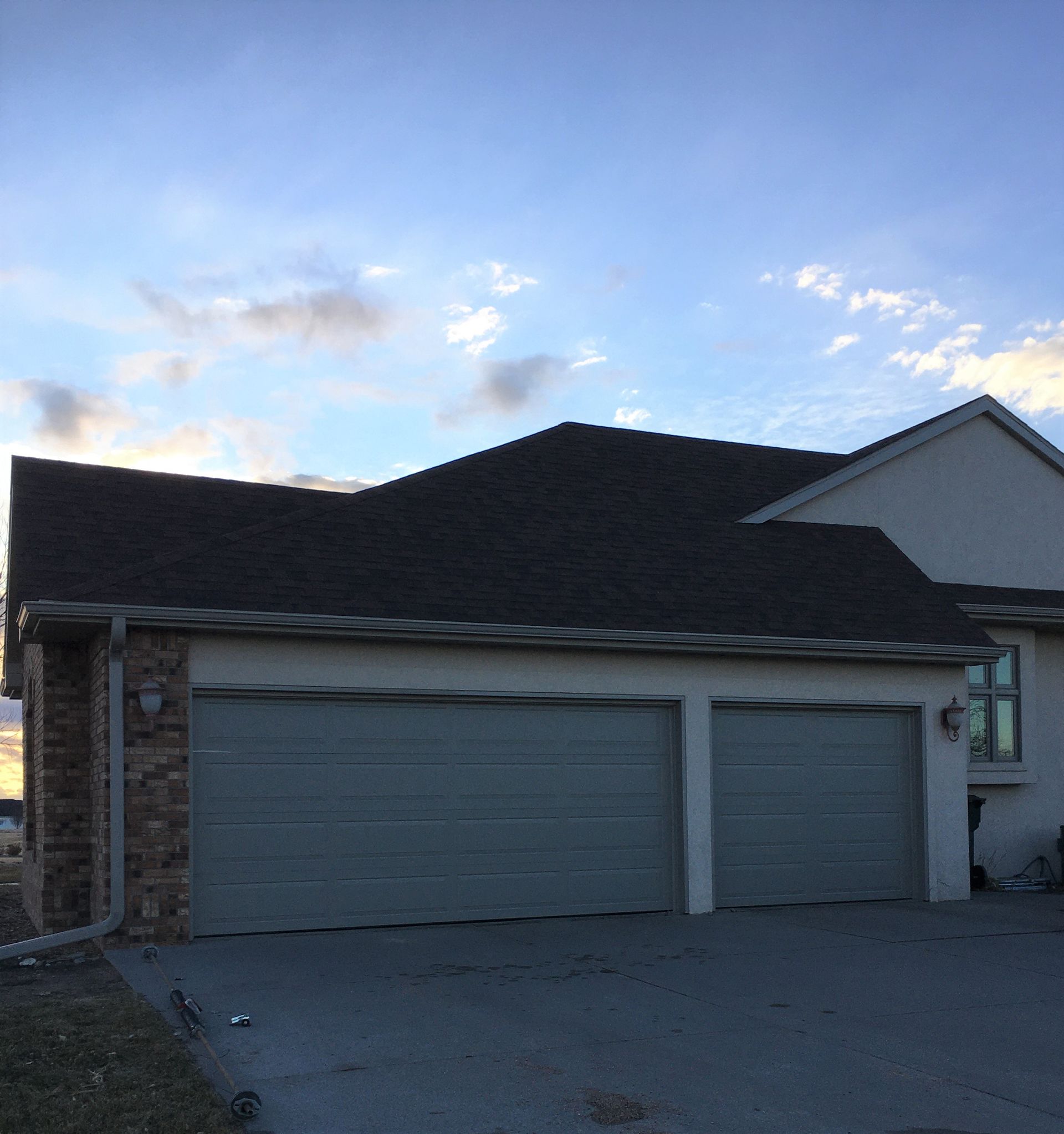Your roof’s color isn’t just an aesthetic choice—it can directly impact your home’s energy efficiency and comfort. Let’s explore the science behind roof colors and help you decide the best option for your climate.
The Science of Roof Color and Heat Absorption
Roof color has a direct impact on how much heat your roof absorbs. Darker colors, like black, trap heat, warming your home, while lighter roofs, like white, reflect sunlight and help maintain a cooler indoor temperature.
Deciding Between Light or Dark Roofs Based on Climate
The color of your roof should be based on your region’s climate:
- Warm Climates: Opt for white or lighter roofs to reflect heat, lower indoor temperatures, and save on cooling costs.
- Cold Weather Areas: In cold climates, darker roofs absorb more sunlight, helping to keep your home warmer and reducing heating costs.
- Moderate Climates: In regions with moderate climates, you may opt for neutral or slightly darker tones, depending on your home’s insulation and energy efficiency requirements.
How Roof Colors Affect Energy Efficiency and the Urban Heat Island Effect
White roofs are especially effective in reducing the urban heat island effect—where city areas experience higher temperatures due to dark surfaces like asphalt and roofs. By reflecting sunlight, white roofs can contribute to cooler city temperatures and lower energy consumption on a larger scale.
Tips from Weathercraft for Selecting Roof Colors
To help you choose the perfect roof color, keep these tips in mind:
- Climate Considerations: Keep your local climate in mind when choosing a roof color.
- Material Durability: Ensure the roofing material you choose is compatible with the color.
- Home Aesthetic: Consider how the roof color will blend with your home’s exterior for a harmonious appearance.
- Energy Savings: Weigh the initial cost against future savings on energy bills.
Weathercraft’s experts are here to help you select the best roof color and material for your home and budget.
